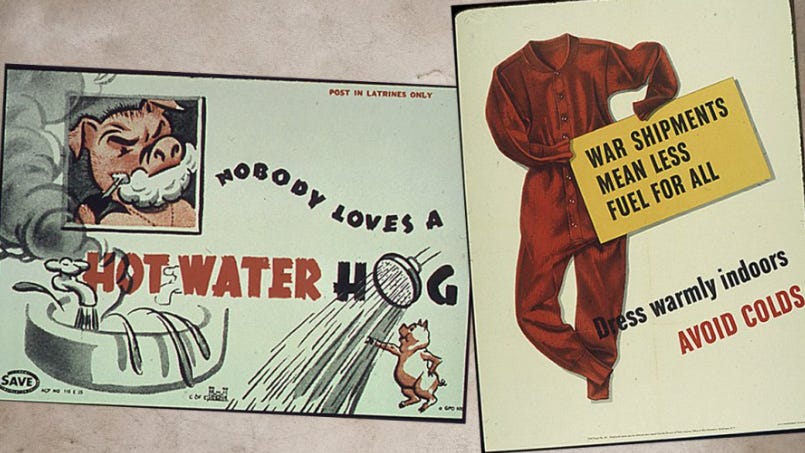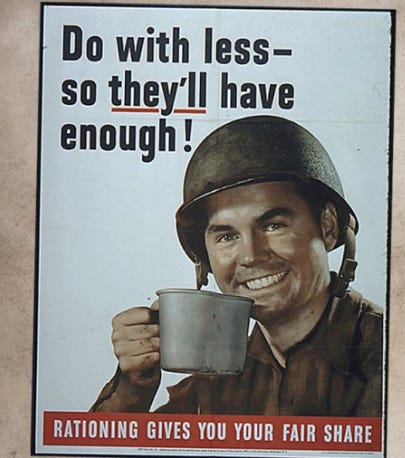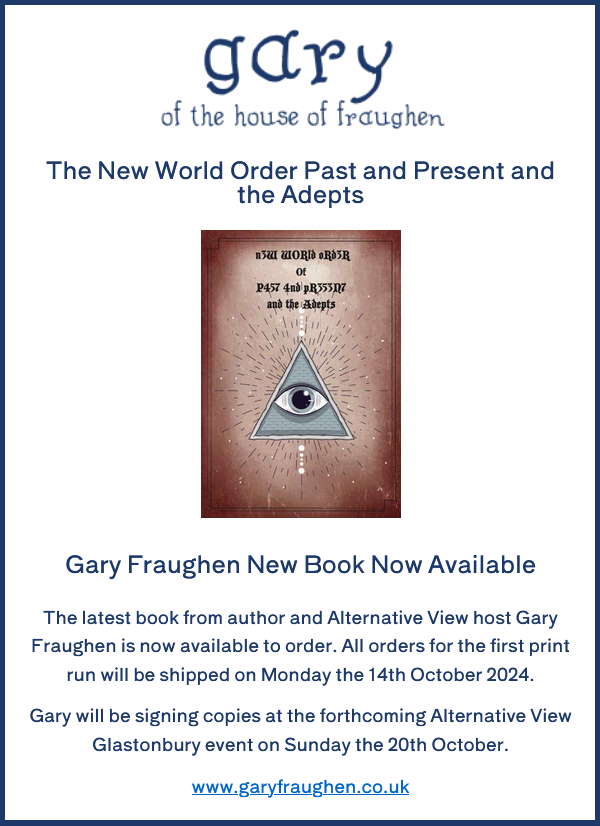Ride alone and you ride with Putin
Sat 2:26 pm +01:00, 12 Oct 2024We are in GRAVE DANGER! FOOD & GAS RATIONING Through Executive Orders: Shockingly TERRIFYING
One of the most important things you will read this year: How the American government swiftly took away everything from its citizens in under 24 months, without Congressional approval…
“the conscious and intelligent manipulation of the organized habits and opinions of the masses is an important element in democratic society.” – Edward Bernays, Propaganda
You’d better read this and start preparing now:
The best way to learn how they’re going to do it is to learn how they already did it – a horrifying history lesson that is likely to repeat by, or in, 2030, just in time for the United Nations 2030 Agenda, a program in which everything is rationed, starting with utilities, food and land.
I always knew rations were implemented during WWII, but I never learned how they did it and I sure as hell never thought it was this diabolical. This research utterly shocked me and it will shock you too. We are already in the beginning stages of the rationing program, all they need now is to pull the trigger and all of this will happen again, just as quickly as it did 85 years ago… please read this because the devil is in the details…
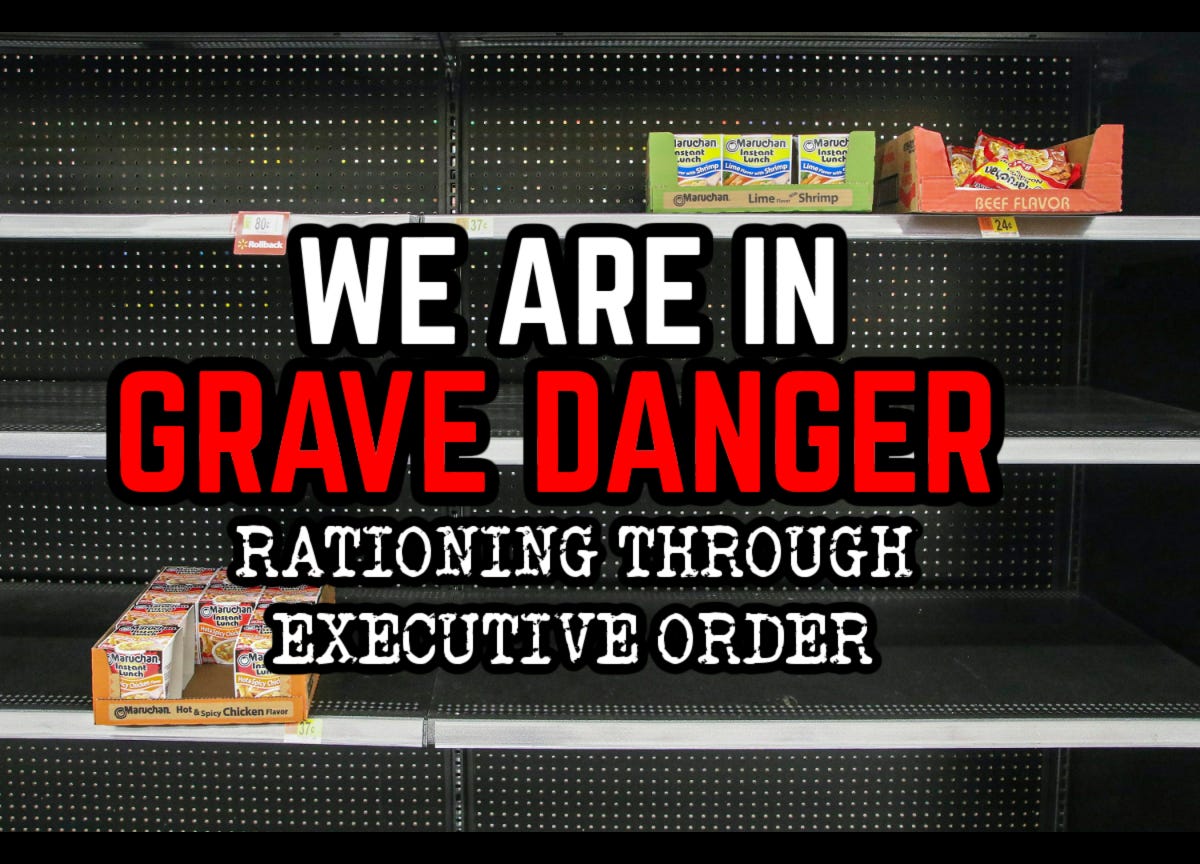
The year was 1942. America was about to jump into World War II and the president, Franklin D. Roosevelt (FDR), claimed to be concerned about the financial impacts the war would have on society. This meant something needed to be done, pronto. FDR, through Emergency Powers, avoided Congressional oversight and created the Office of Price Administration (OPA). The seemingly-innocent OPAs single job was to stabilize prices (price control) to prevent harmful inflation, but as soon as the group was established it warned of a serious rubber shortage, so serious that if not addressed, America may fall.
The OPA wasted no time in making themselves the gatekeeper of rubber by creating a tire rationing program. The first step the OPA took was clamping down on the sale of new tires, but it soon claimed this was not sufficient. The American public was blindsided when the OPA announced that a ban on tire repair had gone into effect. With this new law, 30 million drivers no longer had access to tires and were not allowed to have their current tires mended. A system was then created that would give approved members of the public the privilege of purchasing tires, but only in limited amounts. This system involved only allowing the sale of tires to those who possessed certificates, but even then, those fortunate enough to obtain a certificate were allowed to possess only a limited number of tires, 5 total, without exception. All additional tires were ordered to be turned over to the local gas stations for collection by the government.
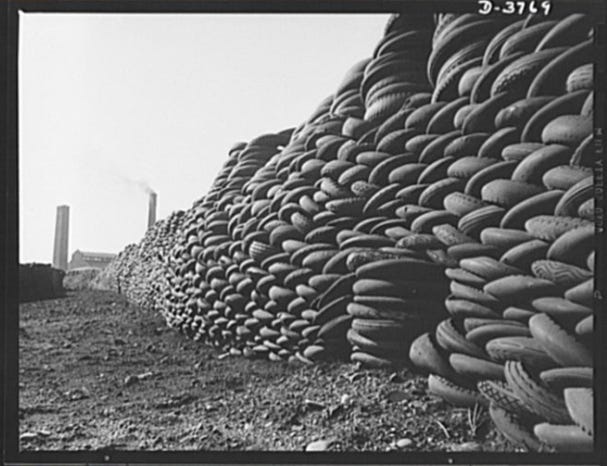
The only alternative was hardwood tires which, if you were lucky to get your hands on some, only lasted a few hundred miles:
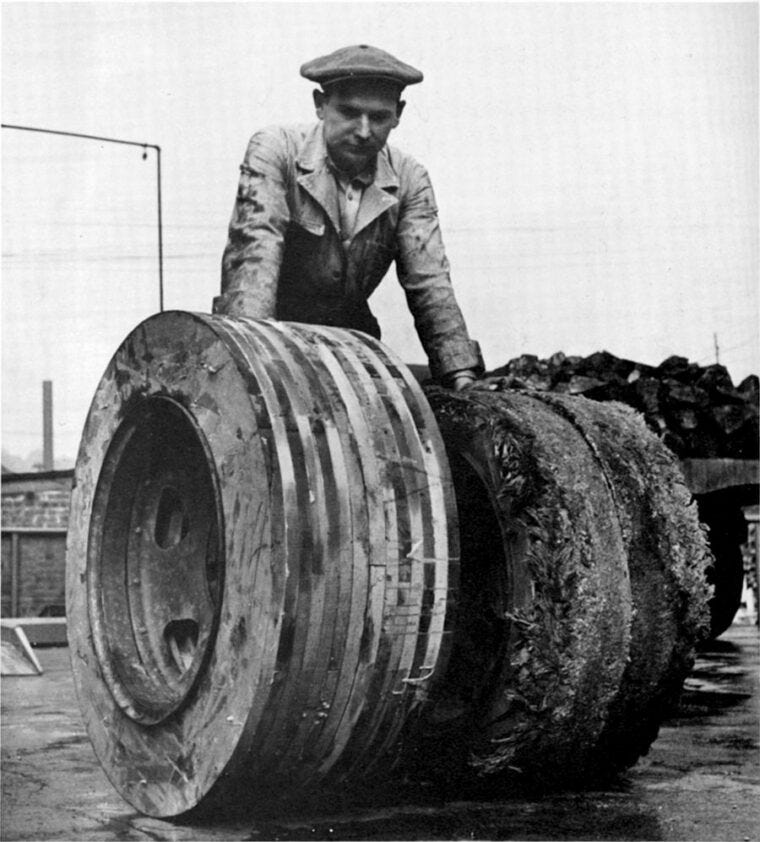
The OPA realized that were too many citizens for them to monitor and control on their own so they recruited help. 8,000 rationing boards were created to oversee the tire-rationing program.
Although citizens were informed that tire rationing was helping America stay in the war, it just wasn’t enough. Next came the implementation of restrictions placed on the sale of new vehicles – and by “restrictions”, I mean a complete ban. The ability to purchase a vehicle was “frozen” until a rationing program could be created. All new vehicles sent to dealers were to be held and stockpiled for the government. Car dealers could not sell a vehicle unless permission was granted on a case-by-case basis. Permissions were granted if the sale of the vehicle was deemed in the best interest of the public.
At the end of the first month of the vehicle sales ban, citizens expected the freeze to lift, but instead of releasing the stockpile to the public, all vehicles were placed into long-term government-controlled storage.
The public was informed that while rubber rationing, in combination with the vehicle sales ban, was helping American in the war, it still wasn’t enough. Without more rationing America would surely fall, so next came gasoline rationing.
The reason for the gas rationing was fear of an oil crisis. The idea of an oil crisis confused citizens because, at the time “the United States was entirely self-sufficient in oil, and indeed was a major exporter of petroleum products. At the outbreak of the Second World War in 1939, North America accounted for 64 percent of the world’s crude-oil production. (The Near and Middle East’s share, by contrast, was a mere 5.7 percent.)” – yet it was imperative to implement a rationing program, just in case. The rationed crude oil would be stockpiled by the government so the United States can keep fighting the good fight.
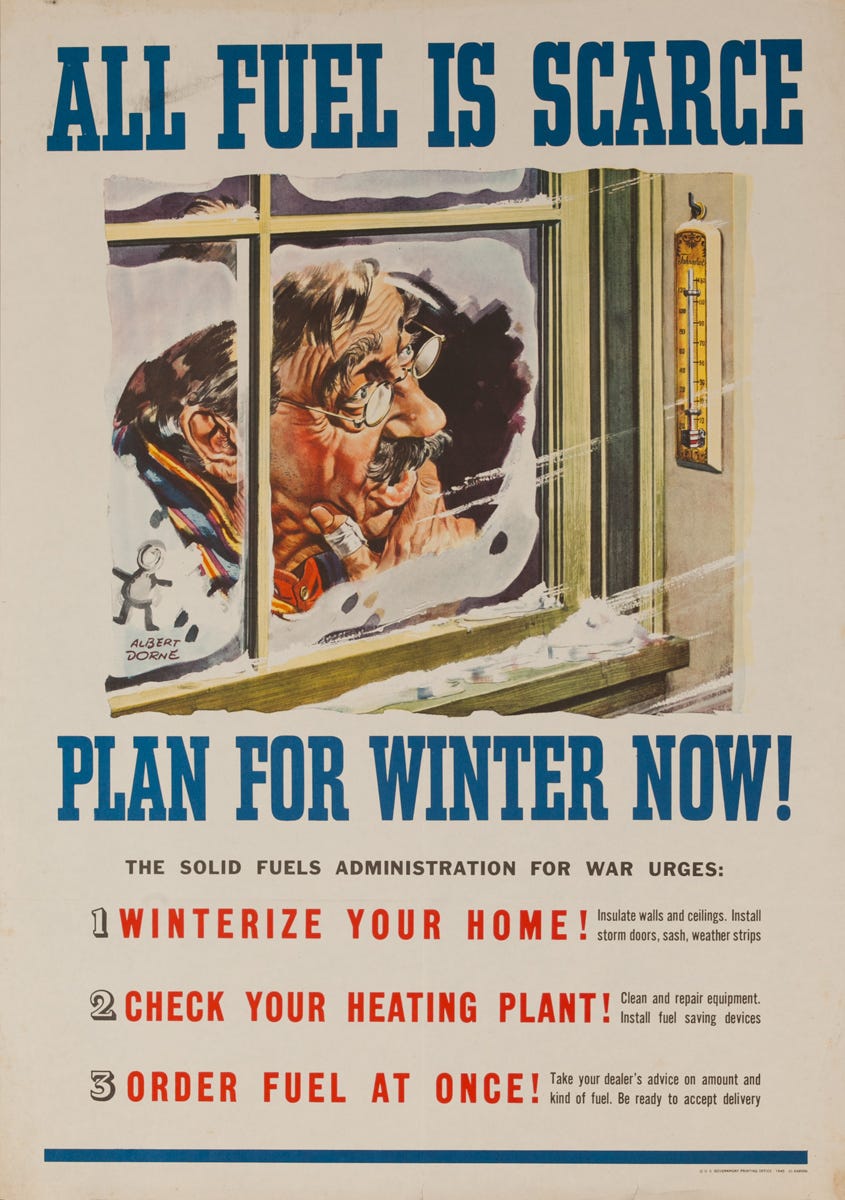
The rationing program was then implemented and the government limited motorists to a maximum of 2.5 to 5-gallons of gasoline per week. People now had to obtain and display decal stickers on their car windshields which placed them into group A, B or C of the driving hierarchy. A windshield bearing an A-sticker was a nonessential driver, this meant this individual did not need gas rations, therefore, if they were to receive their ration, they would be allotted only 2.5-3 gallons per week. Because they were deemed nonessential, their driving was capped to 60 total miles per week, regardless of reason. However, with the gas ration of only 2.5-3 gallons, there was no way to drive 60 miles per week because the average vehicle got 15 miles per gallon, meaning citizens could only drive 45 miles if they received the full 3-gallon allotment.
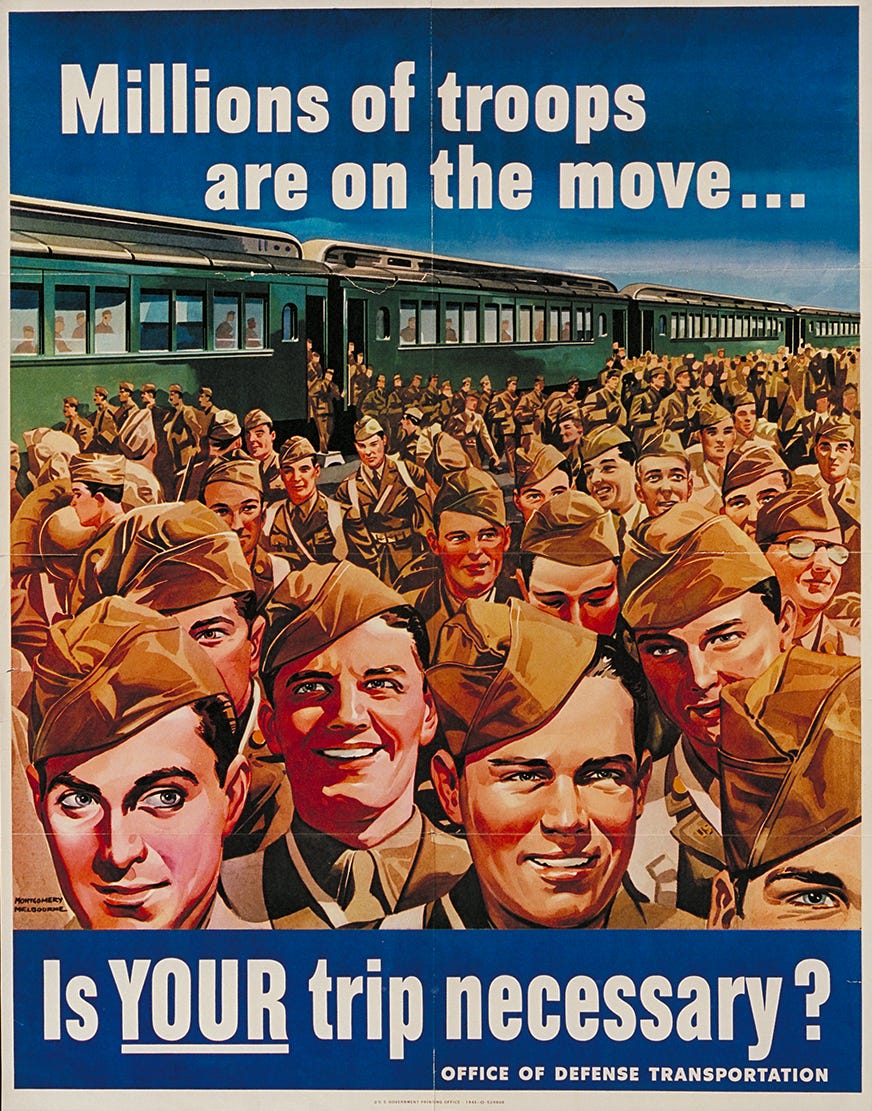
If you were fortunate enough to receive a B-sticker decal, you were semi-essential and could receive up to 5 gallons weekly, which would allow for 75 miles of travel per week, however this too was capped at 60.
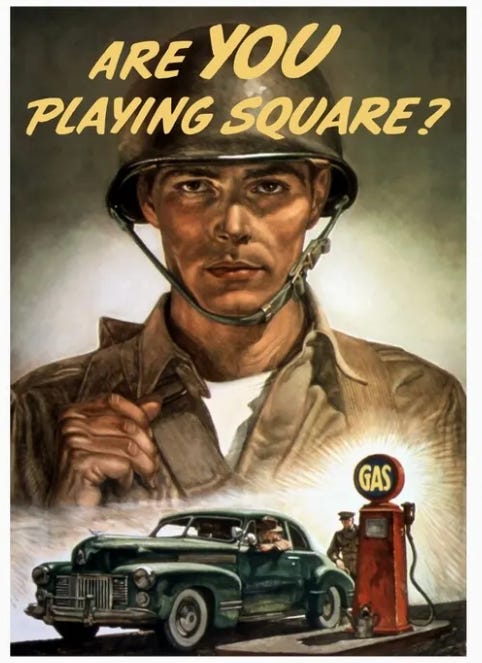
The public was then told that they should never be driving alone because it’s wasteful. In fact, those driving solo were to be linked to Hitler.
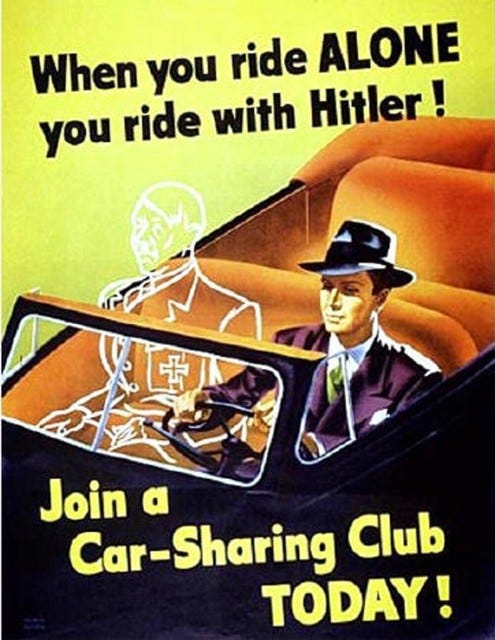
People were directed to car pool and get involved with car clubs to maximize their 5 weekly gallons.
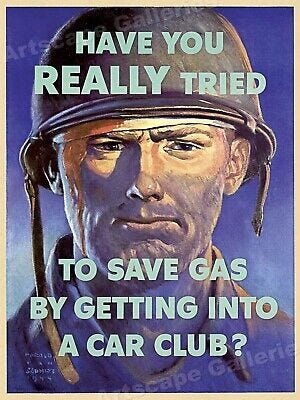
The special, rare C-decal sticker was reserved for only the most important in society, such as doctors who made house calls. Meanwhile, over 200 members of Congress were given “X cards” which allowed them to purchase unlimited amounts of gasoline and drive as they wanted.
While all of this was going on, the government used tax money to link the rich Texas oil fields with the northeastern states through the construction a giant pipeline. This new pipeline was to help the stockpile by giving the oil tycoons free infrastructure… all so America can keep fighting the good fight.
Next, the public was informed that while tire and gas rationing, in addition to the complete ban on vehicle purchasing, was helping it still was not enough to keep us winning the war. The OPA realized it needed to do more so it went to work establishing a more expansive rationing program, under which everything could be limited including consumer items and commodities, such as shoes, silk stockings, perfumes, and processed foods. (because if there’s one way to defeat the Axis, it is through limiting hosiery and fragrances)
To ensure citizens were abiding by the new rules, the OPA needed more help. “More than 30,000 volunteers were recruited to handle the vast paper work involved in controlling prices on 90 percent of the goods sold in more than 600,000 retail stores and issuing a series of rationing books to every man, woman and child in the United States.”
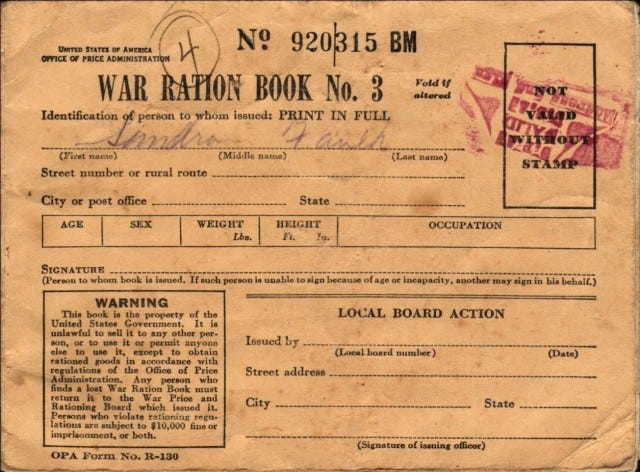
… but it still wasn’t enough…
As of May 1942, “the OPA had frozen or was readying to freeze the prices on practically everything. Virtually all consumer goods were either rationed or soon would be. Sugar would be rationed first and coffee would soon follow.”
When sugar rationing began, “Individuals were required to go to local grade schools, where volunteers and teachers interviewed them, checked on the size of the family and how much sugar they had at home. Then, based on what the rationing board heard, the individual was issued a ration book with a year’s worth of stamps.”. The first page of the book “displayed warnings that violating the rationing rules and regulations could result in fines of up to $10,000 and 10 years of imprisonment. This was followed by a series of rules. The rationing book could only be used by the person to whom it was issued and if that person left the country or died, the book had to be surrendered back to the government.”
The rationing booklet was designed for even further limitation of purchases. “For example, if a can of corn was listed at 7 ration points, and the purchaser had only a 10-point stamp left for the week … [the purchaser] would lose three ration points as part of the purchase.”. Additionally, rationing stamps had expiration dates to ensure they could never be saved.
All of the rationing programs were spun as being patriotic and given champion names like Victory Tires. The media ran stories of cheerful citizens being eager to help and begging to further ration. They claimed many in the public chose to donate their tires or vehicles to the government to help us win the war.
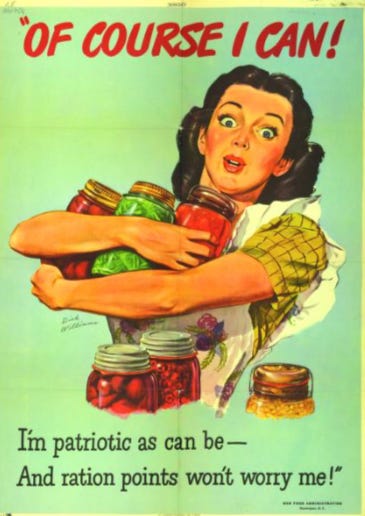
It didn’t take long for rationing coupons to become a secondary monetary system in which new red and blue cardboard tokens were introduced, each valued at one-point. These tokens resulted in less of a point loss for citizens who had no way to make change.
“As the war drew on, nearly every item Americans ate, wore, used or lived in was rationed or otherwise regulated”. From water to electricity to long distance phone calls, it was all rationed.
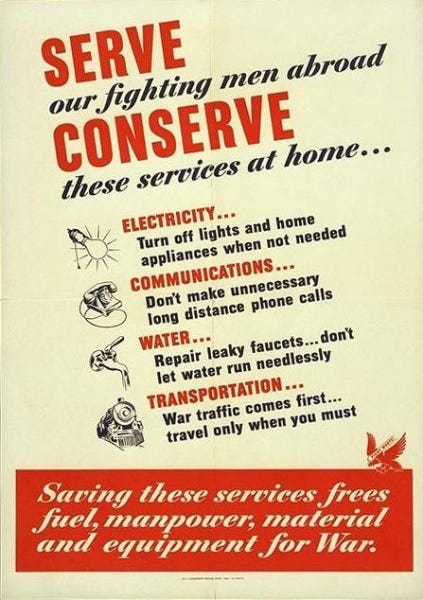
The rationing became so extreme that the government-provided solution was to just grow and eat potatoes.
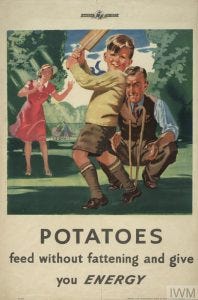
Next came the tax increase, which was all Hitler’s fault. Disney jumped in to help the US government push tax propaganda on the people (must see 3-minute video):
…but even with the tax increase, the gas rationing, the tire rationing, the vehicle purchasing freeze, food rationing, the stamp system, the tax increase and utility rationing, it still wasn’t enough. Without more effort America was certain to fall… so next came rationing on canned food…
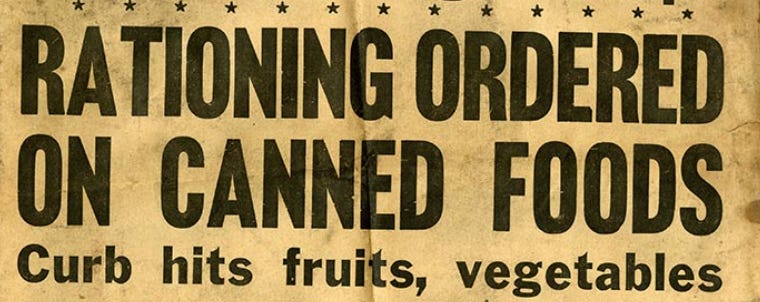
The reason for this? We needed the metal for war. Enter: Victory Gardens and Recycling (although it wasn’t called recycling at the time).
Victory Gardens first came about during World War I, when the same rationing and food shortages were occurring. Citizens planted gardens for food production and it worked. The gardens were brought back for WWII which, due to extreme government rationing, featured even worse food shortages than the first war.
When Victory Gardens came back, Eleanor Roosevelt planted one on the front lawn of the White House for a heartwarming photo op:
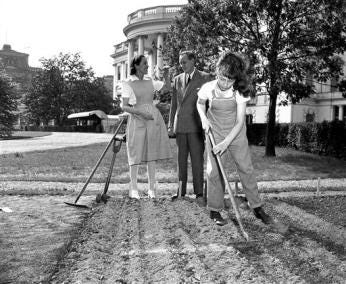
Citizens now had a task to keep them occupied while the food supply was further stripped and the Department of Agriculture happily provided lots of propaganda for the program:
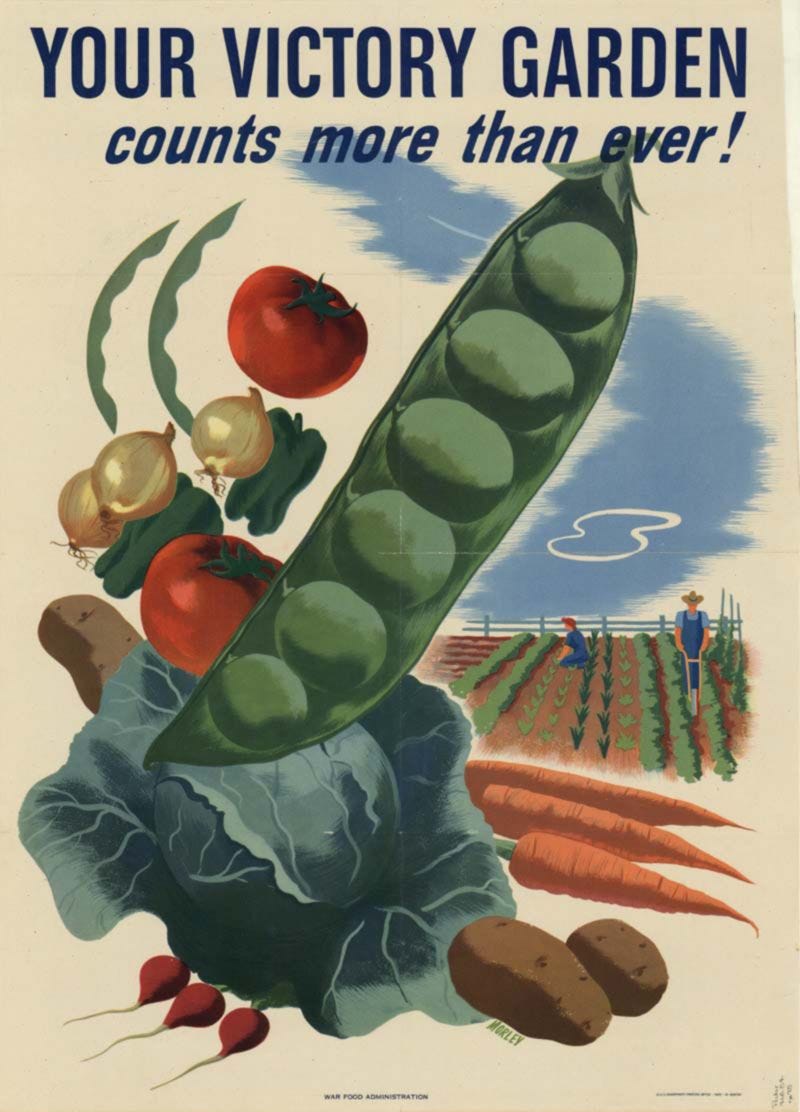
The public was also directed to save seeds. “Victory gardens helped to boost morale and patriotism, as citizens felt they were contributing to the war effort.”
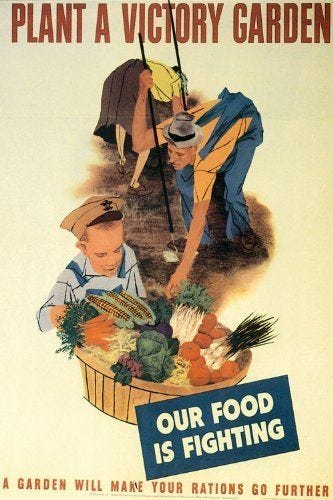
Once the Victory Garden program was implemented, even further rations were put on produce.
If things weren’t bad enough already, Americans were laboring long, hard hours, working for the defense industry, building weapons or performing other war-related tasks, mostly in factories. Because of the extended work days, employees were earning large amounts of money, however, because everything in society had been taken away or frozen, their money was useless. Now that meat was on the ration list, they could not even purchase a big, juicy roast for dinner for their family.
The reason the entire USA had to ration meat was so it could all go to the troops to ensure they got enough. This lead to a meat shortage which lead to the OPA implementing another ration via declaration. A Meatless Tuesdays policy was mandated which quickly turned into Meatless Tuesdays and Fridays.
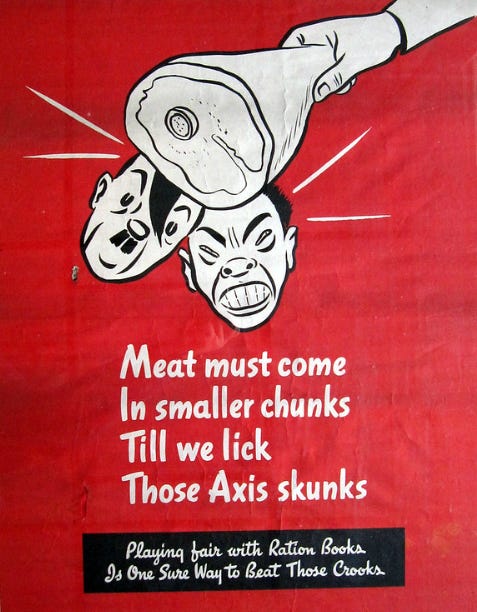
But being that you couldn’t get the meat in the first place due to rationing, it basically became Meatless-Everyday.
Fish was also rationed for the same reason as meat; the soldiers needed all of it.
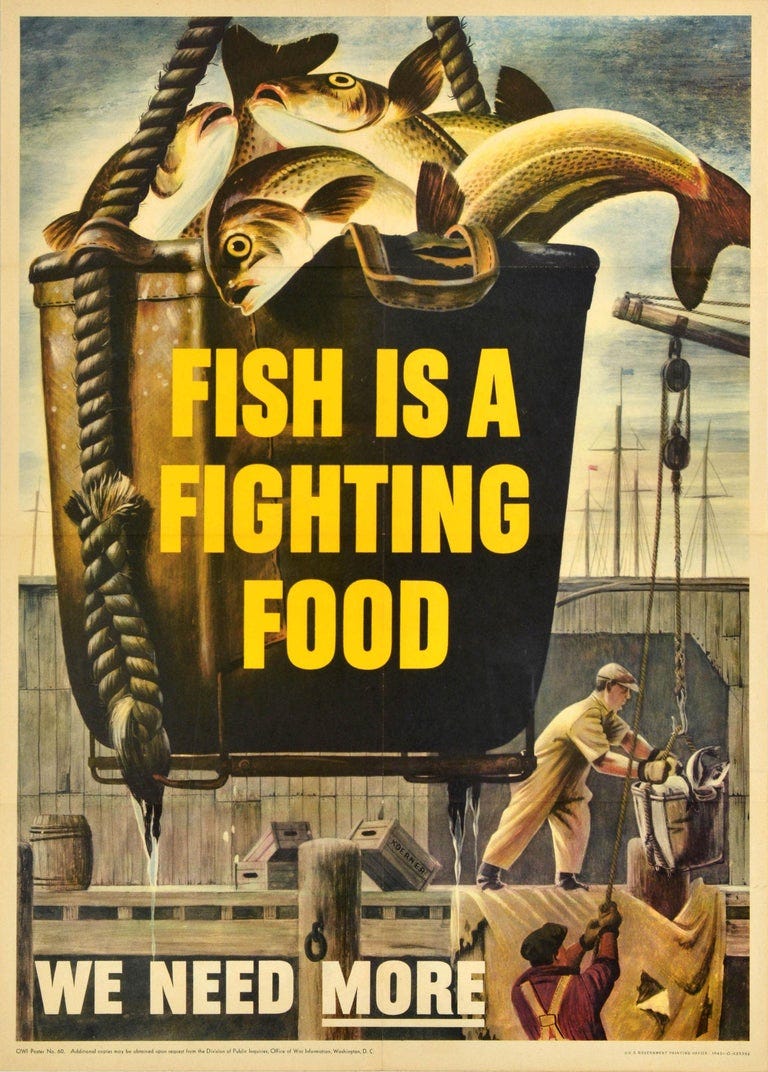
People were so desperate for food that black markets sprang up. To combat “unauthorized food distribution”, the OPA sent investigators out to hunt them down and make arrests. (because the only way to defeat tax-raising Hitler was to make sure the Johnson family didn’t have steak for dinner on a Meatless Friday).
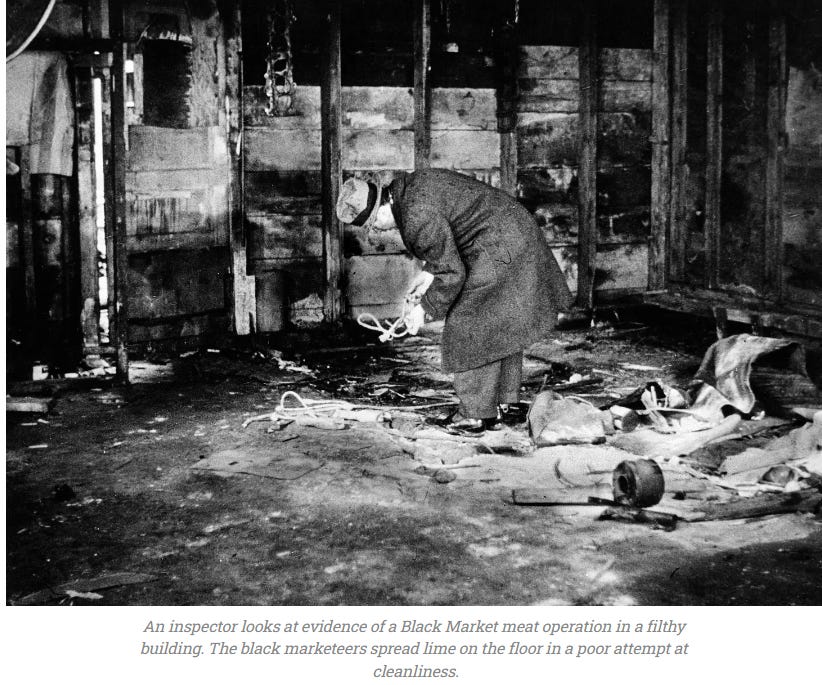
And just when you think it cannot possibly get worse, factories that currently made consumer goods were directed to cease and instead help build airplanes, tanks and other war essentials. This quickly resulted in the few items that had not yet been added to the rationing list, such as radios, washing machines and other appliances, vanishing from stores because there was no one manufacturing them anymore.
All of these efforts still were not enough to ensure an American war victory, so more needed to be done, specifically in the area of gasoline usage. Although citizens were only allotted 2.5-5 gallons per week, more restrictions were implemented. FDR “ordered a ban on pleasure driving, as well as a 35-mile-per-hour speed limit on all of America’s highways.”. The new 35mph rule was referred to as “Victory Speed” and it was to be enforced by police.
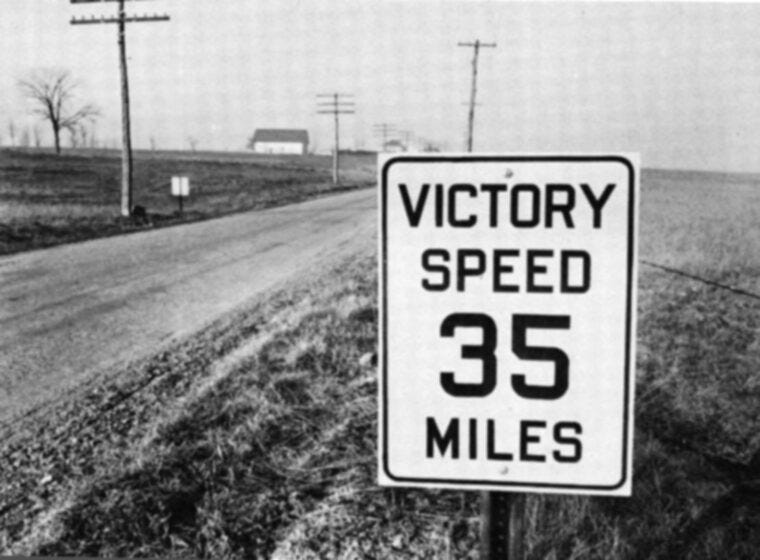
The rationing continued to worsen as the years rolled on. Come spring of 1943, when the Sears, Roebuck and Company catalog was released to the public, it contained a complete list of rationed farm equipment. Additionally, “planting, seeding, and fertilizing machinery were listed, as were tractors, and dairy farm machinery and equipment.”. There was even a section in the catalog titled “If you are a farmer or poultry raiser and want to buy a hand pump”.
The next thing to vanish was the lumber and home building supplies, followed by the builders themselves. Just like the radio and washing machine manufacturers, the home construction companies were directed to build housing only to aid the war. (1 minute video)
As expected, the excessive rationing of everything and the scarcity of non-rationed items lead to crime. Ration books were being stolen. People were even breaking into OPA offices to take them in bulk. Others counterfeited stamps. The black market continued to expand into baking ingredients, gasoline and other life necessities. The demand for black market products resulted in delivery truck drivers being hijacked which lead to drivers being forced to arm themselves.
The government, through the OPA, ran an anti-black market campaign, while at the same time continually changing the stamp system, which resulted in further driving people to black markets.
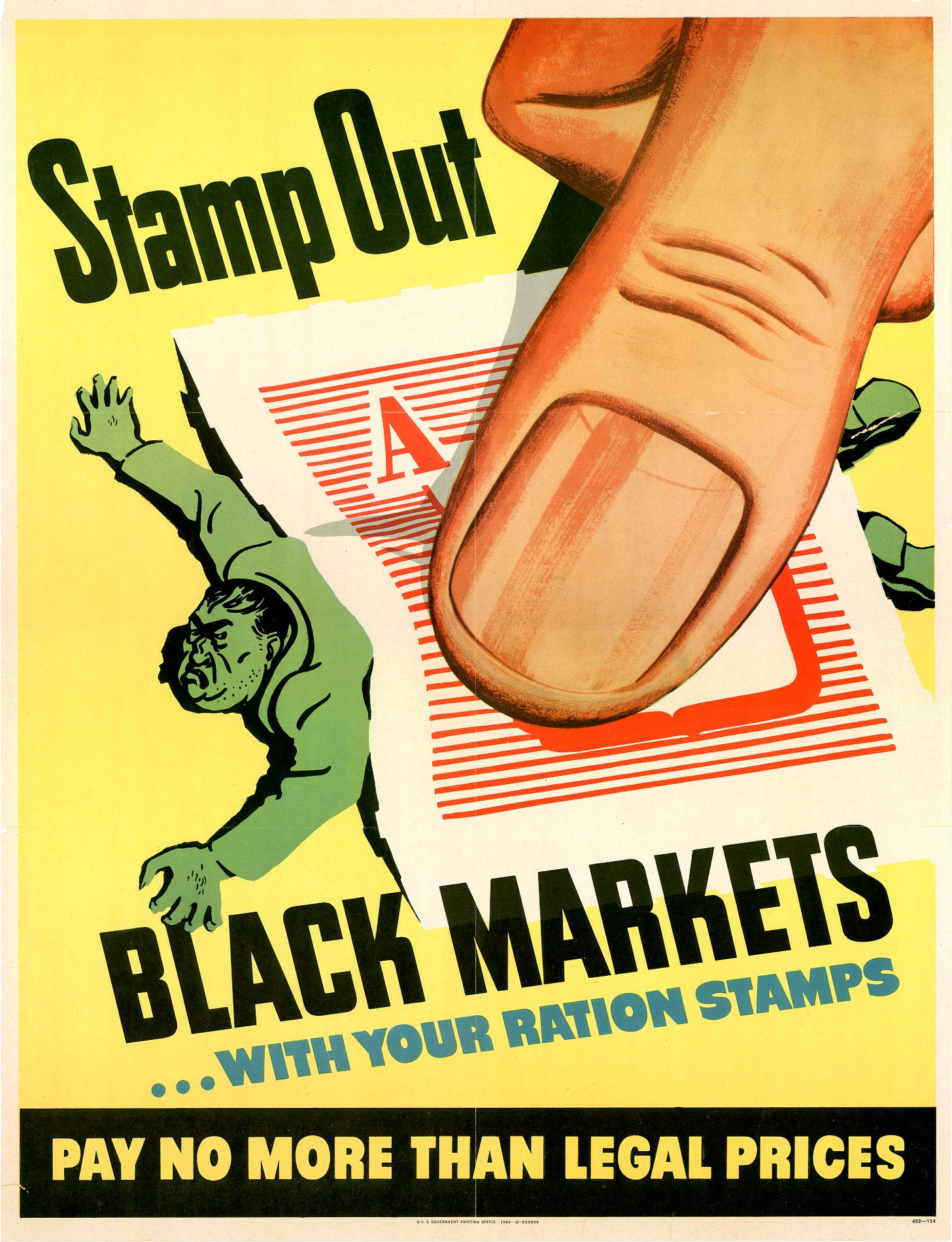
The OPA then put pressure on ranchers and cattle farmers; should anything be slaughtered on their property, they must collect stamps for it. They next went after slaughter houses.
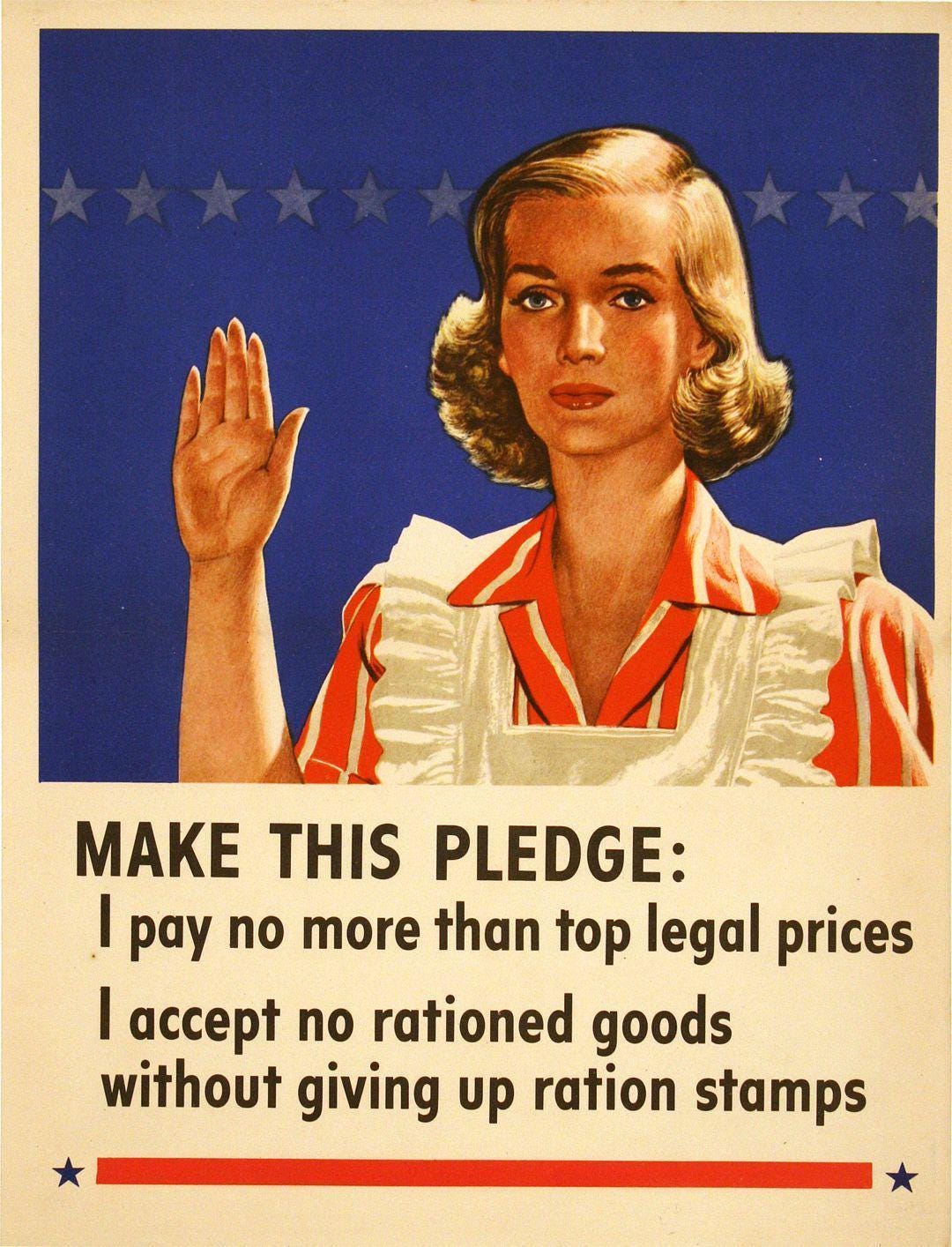
The OPA enforced actions against 280,724 violators of rationing and price laws. Penalties were up to one year in prison and a five thousand dollar fine. “One in fifteen businesses — wholesale, retail, service and so on—was charged with illicit transactions.”, but fining and jailing the general public did not stop the black markets. Within a matter of time it was estimated that at least 20% of all transactions were through black market sellers because the citizens were desperate to get goods and food. Even when the war was over, the OPA stayed in place to protect the people from inflation.
After almost eight years of nightmare, on March 14, 1947 the General Liquidation Order was issued, scheduled to go into effect a little over 60 days later, on May 29, 1947. This Order abolished the OPA. The end result was complete devastation and scarcity. My grandfather came home from war both physically and mentally wounded, having seen things so horrible he would never share them with us. My grandfather died believing his sacrifice was what was required to ensure this would never happen again in America… and here we are…
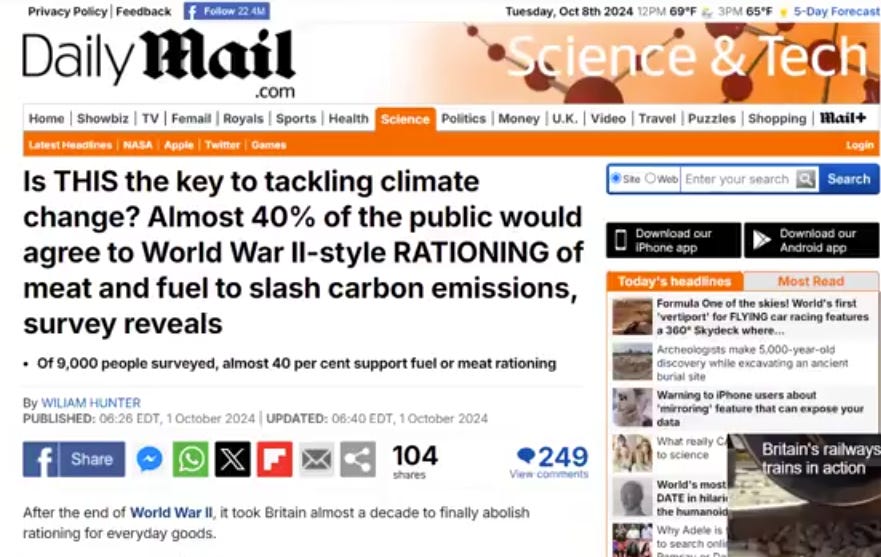
AGENDA 2030 & AGENDA 2050
Regarding the OPA and rationing, were these programs just to help fight the good fight? Or were they a test run for something much larger? (1 minute video)
Ah yes, Socialism and Communism, where the government is in full control of everything from production to price-setting to rationing. A program where all people are monitored while starving, except for the overlords, of course. At the beginning of this article I wrote, “…all they need now is to pull the trigger and all of this will happen again… “ – and you best believe their finger is on the trigger. They needed to wait long enough for the people who lived through rationing insanity to die before they could take another stab at it.
In fact, they even rebranded the Communist-Socialist program to make it sound delightful this time around. “What is the new name?”, you ask…
…
…
…
…EQUALITY…
